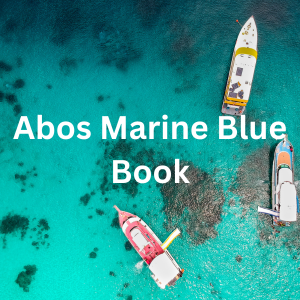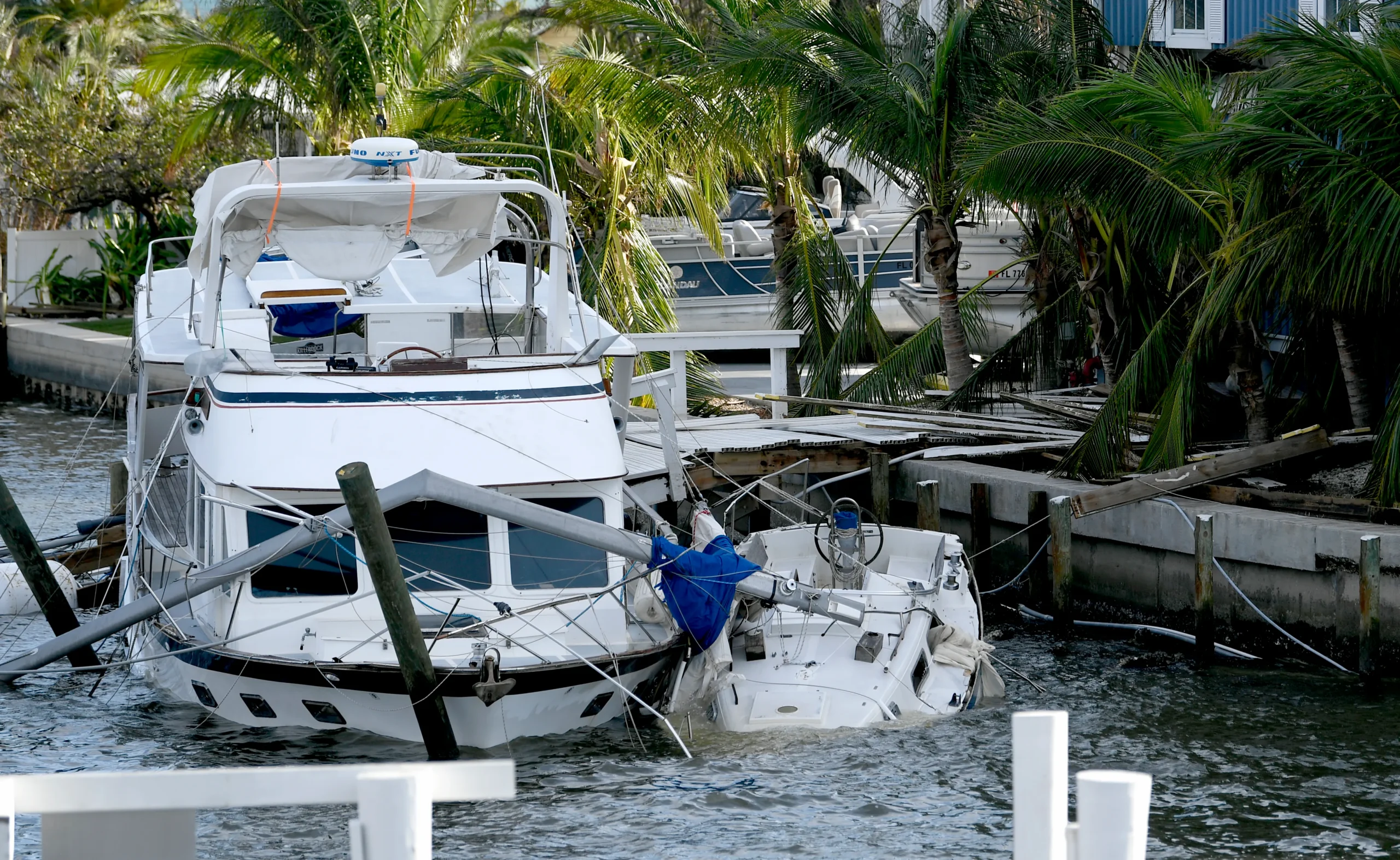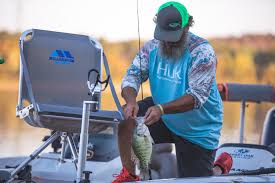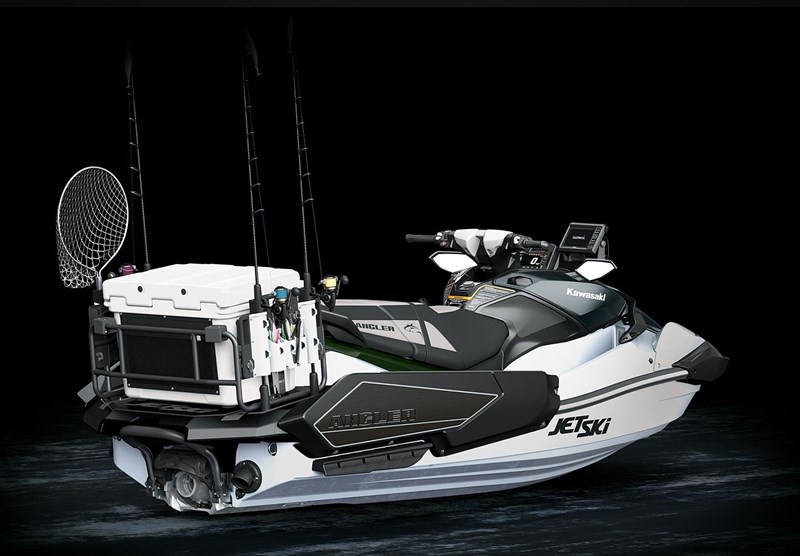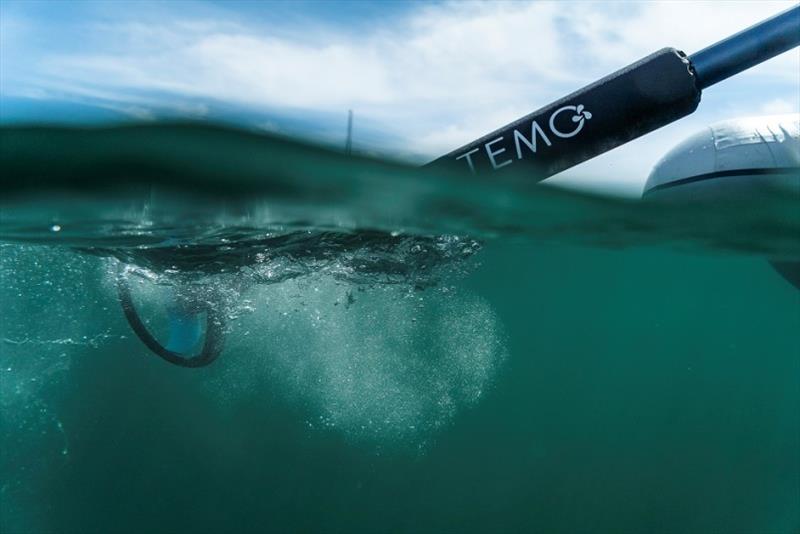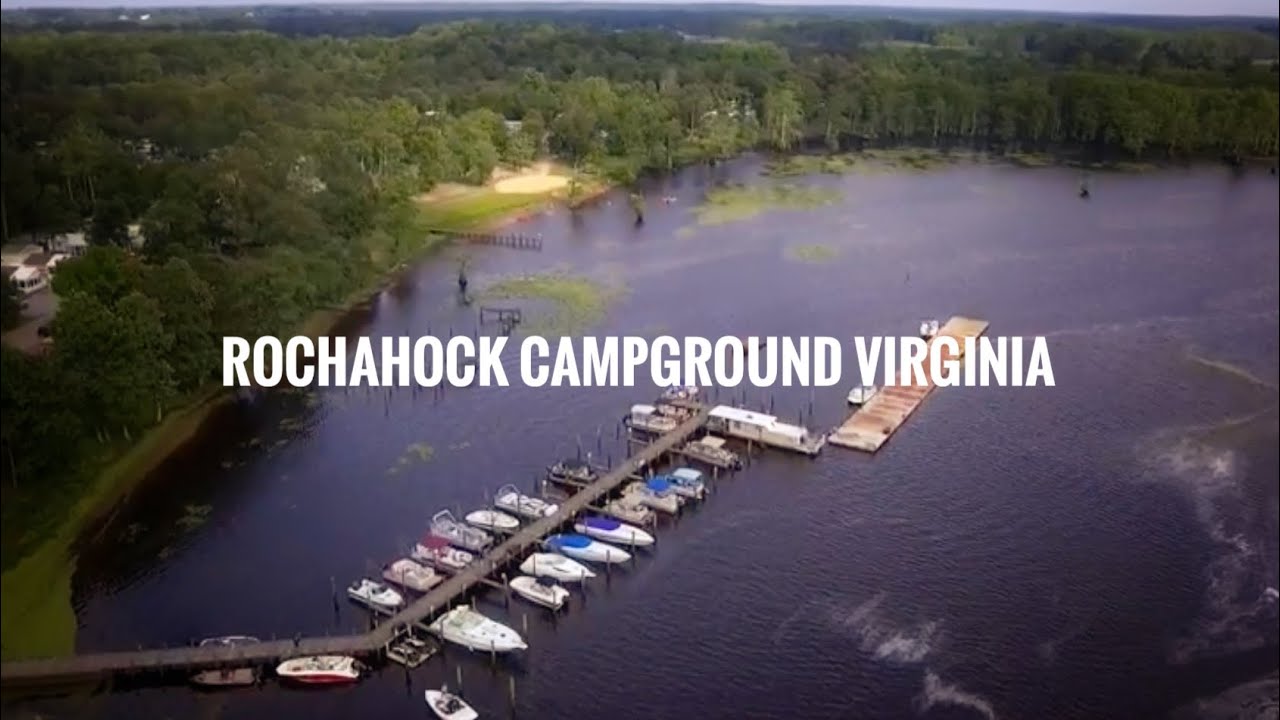Boating: Essential Safety Tips for Summer Adventures
Boating offers a unique way to explore waterways and enjoy the outdoors. From peaceful canal cruises to thrilling offshore adventures, there's something for everyone on the water.

Boating activities can include sailing, fishing, watersports, and leisurely sightseeing tours.
Many cities with canals or rivers offer boat tours as a popular attraction. Amsterdam, for example, is known for its scenic canal cruises that showcase the city's historic architecture and charm.
These tours often include drinks and snacks, making for a relaxing and enjoyable experience.

For those interested in more active boating pursuits, options abound. Sailing provides a chance to harness the wind and navigate open waters.
Fishing enthusiasts can cast their lines from various types of boats, from small dinghies to larger vessels designed for deep-sea angling.
Watersports like wakeboarding and water skiing add an element of excitement to days spent on lakes or coastal areas.

Key Takeaways
- Boating encompasses a wide range of activities suitable for different interests and skill levels
- Safety and proper navigation are crucial aspects of responsible boating
- Regular maintenance and adherence to local regulations ensure a positive boating experience
Boating Basics
Boating is fun but requires some key skills and knowledge. Learning the basics helps keep you safe on the water and boosts your enjoyment.
Understanding Your Vessel
Know your boat inside and out. Check the fuel, oil, and battery before each trip.
Learn how to start the engine and use the controls. Practice steering in open water.
Boats handle differently than cars. They don't have brakes and can drift. Go slow at first until you get a feel for it.
Learn to dock and anchor your boat. This takes practice but is a must-know skill for any captain.

Safety Equipment Essentials
Always have life jackets for everyone on board. Make sure they fit properly.
Keep a fire extinguisher, first aid kit, and emergency flares on the boat. Bring extra food, water, and sunscreen.
Have a working radio or phone to call for help if needed. A GPS can help you find your way back to shore.
Rules of the Water
Learn the "rules of the road" for boats. Know who has the right of way and when to yield.
Obey speed limits and no-wake zones. Be extra careful near swimmers, kayakers, and other small craft.
Don't drink and boat. It's dangerous and illegal. Stay alert and watch for obstacles in the water.
Take an on-water training course. It will teach you hands-on skills and boost your confidence as a new boater.
Boating Safety
Safety on the water is crucial for all boaters. Proper preparation and knowledge can prevent accidents and save lives.
Emergency Procedures
Always have a plan for emergencies. Know how to use distress signals and flares.
Keep a working radio on board to call for help. Learn basic first aid and CPR.
Practice "man overboard" drills regularly. Use the "reach, throw, row, go" method to rescue someone in the water.
Reach out with a pole or paddle first. If that's not possible, throw a life ring or flotation device.
If needed, row your boat to the person. Only enter the water as a last resort.
Turn off the engine when approaching someone in the water to avoid injury from propellers.

Safety Gear and Usage
Life jackets are essential. Make sure there's one for each person on board.
Children must wear them at all times. Adults should wear them too, especially in rough water or bad weather.
Other key safety items include:
- Fire extinguishers
- Whistle or horn
- Visual distress signals
- First aid kit
- Flashlight
- Anchor
Check all gear before each trip. Replace old or damaged items. Keep safety equipment in easy-to-reach spots.
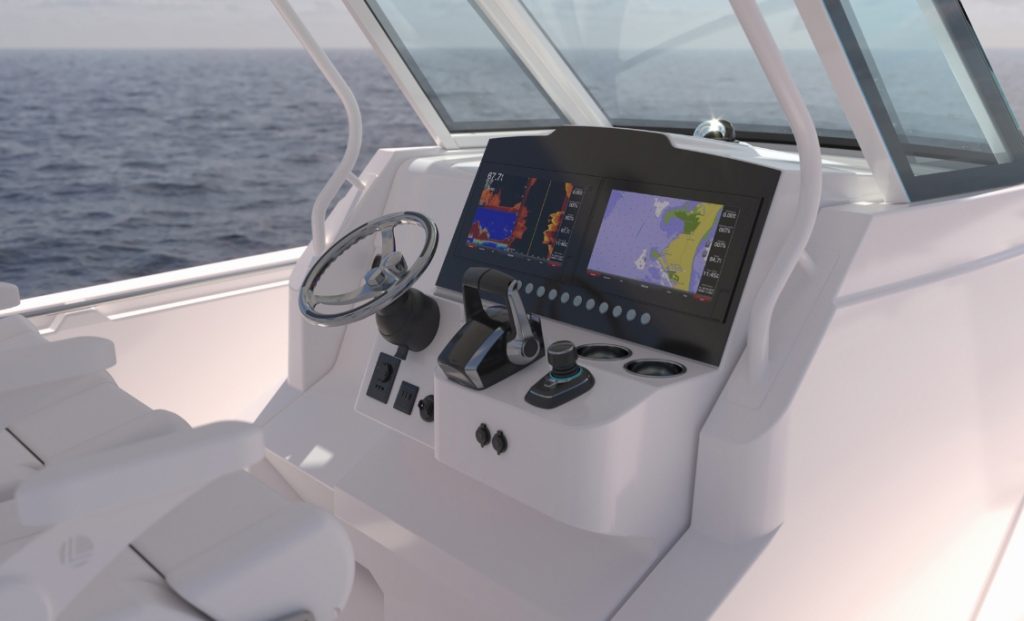
Navigational Guidelines
Learn and follow the "rules of the road" for boating. Know what different buoys and markers mean.
Use charts and GPS to plan your route and avoid hazards.
Be aware of your surroundings. Watch for other boats, swimmers, and obstacles.
Don't speed in crowded areas or near shore.
Check weather forecasts before heading out. Return to shore if conditions worsen.
Avoid alcohol while boating - it impairs judgment and coordination.
Use navigation lights at night or in low visibility.
Stay alert and take regular breaks to avoid fatigue. File a float plan with someone on shore before each trip.
Legal and Ethical Boating
Safe and responsible boating involves following laws, respecting the environment, and getting proper permissions. Boaters must know the rules and do their part to protect waterways.
Boating Laws
Boaters need to follow state and federal laws.
Each state has its own rules about licenses, age limits, and safety gear. Many states require boating safety courses.
Life jackets are a must for kids in most places.
Alcohol use while boating is illegal and dangerous.
Boaters should learn local speed limits and no-wake zones.
Penalties for breaking boating laws can include fines or losing boat privileges. The Coast Guard can stop and check boats to make sure they follow rules.

Environmental Responsibilities
Boaters play a big role in keeping waterways clean and safe.
They should never dump trash or chemicals in the water. Using pump-out stations for boat toilets helps prevent pollution.
Slow speeds near shorelines reduce erosion.
Boaters should avoid disturbing wildlife and plant life. This means staying away from nesting areas and not running over seagrass beds.
Using eco-friendly cleaning products keeps harmful chemicals out of the water.
Proper boat maintenance prevents oil and gas leaks that can harm marine life.
Permits and Permissions
Some waterways require special permits or fees to use. National parks often have their own boating rules and may limit the number of boats allowed.
Marinas and boat ramps may charge fees for launching or docking.
Boaters should get permission before anchoring near private property.
For fishing, most states require licenses. These help manage fish populations. Some areas have catch limits or seasonal restrictions to protect certain species.
Boat registration is required in all states. The fees from this often go toward waterway maintenance and boating safety programs.
Navigation and Meteorology
Successful boating relies on understanding weather patterns and using forecasts to plan safe routes. Skilled mariners know how to read marine weather reports and apply that knowledge to navigate wisely.
Understanding Weather Patterns
Wind and waves greatly affect boating conditions. Sailors must learn to recognize signs of changing weather.
Cloud formations can indicate approaching storms. Barometric pressure changes often signal shifts in weather systems.
Wind direction and speed impact navigation choices.
Prevailing winds vary by season and region. Local effects like sea breezes and mountain winds create unique patterns.
Temperature differences between air and water cause fog. This reduces visibility and increases collision risks. Recognizing when fog is likely to form or dissipate improves safety.
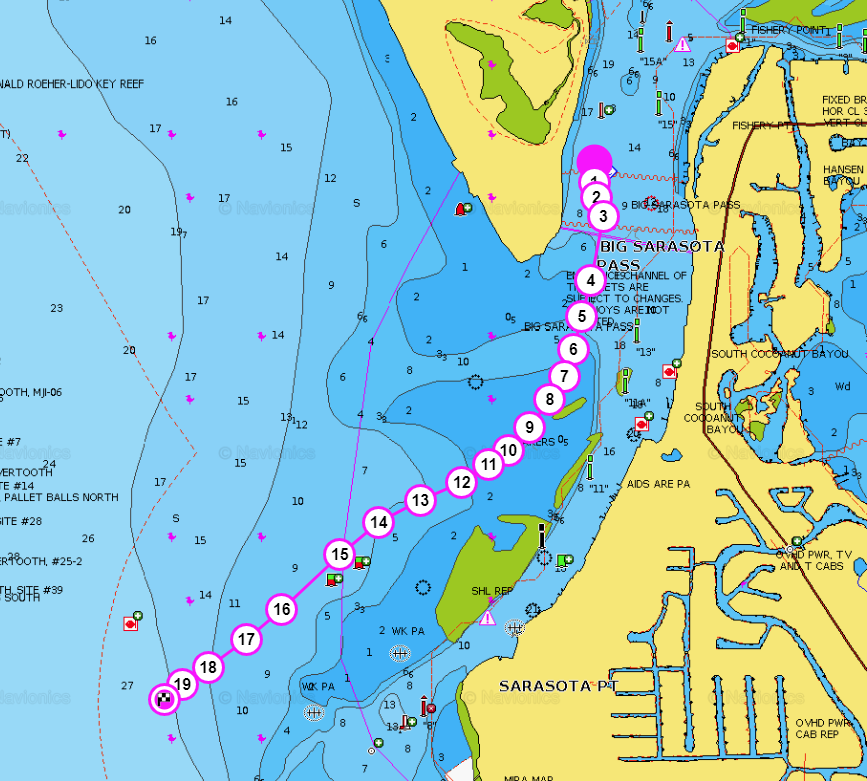
Reading Marine Forecasts
NOAA provides detailed marine forecasts. These include wind speed and direction, wave height, and weather conditions. Forecasts typically cover 1-5 days.
Key elements to check:
- Wind speed and direction
- Wave height and period
- Visibility
- Precipitation chances
- Severe weather alerts
Marine forecasts use specific terms. "Small craft advisories" warn of dangerous conditions for smaller boats. "Gale warnings" indicate very strong winds.
Boaters should check forecasts before departing and while underway. Weather can change quickly on the water.
Planning Your Route Wisely
Smart route planning uses weather forecasts to avoid hazards.
Consider wind and wave direction when choosing your course. Plan for safe harbors in case conditions worsen.
Tides and currents also affect navigation. Tide tables help predict water depths and flow directions.
Strong currents can slow progress or push boats off course.
Allow extra time for potential weather delays.
Have backup plans ready. Be prepared to change course or postpone trips if forecasts worsen.
Use navigation charts to identify hazards like shallow areas or rocks.
Mark key waypoints and safe harbors on your route. Modern GPS devices can store this information for easy reference.
Boating Activities
Boating offers many enjoyable ways to spend time on the water.
Sailors can test their skills, anglers can catch fish, and thrill-seekers can try exciting water sports.
Recreational Sailing
Sailing lets people harness the wind to explore lakes, rivers, and oceans.
Beginners can take lessons to learn basic techniques. Many sailing schools offer on-water training to teach steering, tacking, and safety skills.
Sailors can go on day trips or longer voyages.
Small sailboats are good for short outings on calm waters. Larger vessels allow for overnight trips and ocean sailing.
Racing is popular among experienced sailors. Regattas test speed and skill against other boats. Sailors can join clubs to find racing events and meet other enthusiasts.

Fishing from Your Boat
Fishing is a relaxing way to enjoy time on a boat. Anglers can fish in freshwater or saltwater depending on their location.
Different types of boats suit various fishing styles:
- Bass boats for lakes and rivers
- Center consoles for offshore fishing
- Pontoon boats for casual angling
Essential gear includes rods, reels, bait, and tackle. Fish finders help locate good spots. Anglers should check local rules on licenses and catch limits.
Trolling lets fishermen cover more water. This involves slowly moving the boat while trailing lures or bait. Still fishing in one spot can also be effective for some species.
Engaging in Water Sports
Water sports add excitement to boating trips. Popular options include:
- Water skiing
- Wakeboarding
- Tubing
- Paddleboarding
Boats need proper tow ropes and equipment for these activities. Drivers should know how to safely pull skiers and wakeboarders.
Tubing is a fun choice for all ages. Riders sit in inflatable tubes towed behind the boat. Paddleboards let people explore calm waters at their own pace.
Safety is key for all water sports. Everyone should wear life jackets. Boat drivers need to watch for other vessels and obstacles.
Boat Maintenance
Proper boat maintenance keeps your vessel safe and running smoothly. It involves regular care, repairs, and seasonal prep. Staying on top of upkeep saves money and prevents issues on the water.
Regular Care and Upkeep
Clean your boat after each use. Rinse with fresh water to remove salt, dirt, and debris. Wax the hull every few months to protect the finish.
Check fluid levels before each trip. This includes oil, coolant, and power steering fluid.
Inspect hoses and belts for wear. Replace them if cracked or frayed. Keep batteries charged and terminals clean. Test navigation lights and bilge pumps often.
Store life jackets and safety gear properly. Make sure fire extinguishers are full and accessible. Keep a toolkit and spare parts on board for quick fixes.
Handling Repairs
Address small problems quickly before they get worse. Fix leaks right away to prevent water damage. Patch cracks or holes in the hull immediately.
Take the boat to a professional for engine tune-ups and major repairs. Have the propeller checked for damage regularly. Replace anodes as needed to prevent corrosion.
Keep a log of all repairs and maintenance. This helps track recurring issues and resale value. Learn basic repair skills for emergencies on the water.
Winterization Techniques
Drain all water from the engine, pipes, and tanks. Add antifreeze to prevent freezing damage. Remove the battery and store it in a warm, dry place.
Clean the boat thoroughly inside and out. Apply a coat of wax for extra protection. Remove electronics and store them indoors.
Cover the boat with a proper fitting cover or shrink wrap. Store in a dry place if possible. Check on the boat periodically during winter. Look for damage from pests or weather.
Boating Resources
Boaters have access to many helpful resources to enhance their knowledge and skills. These include educational materials, online tools, and community forums.
Educational Materials
The BoatUS Foundation offers free boating safety courses. These cover essential topics like navigation rules and emergency procedures. Many states require boaters to complete a safety course.
Local marinas and boating clubs often host hands-on workshops. These teach practical skills like docking and anchoring. Boating magazines provide tips on maintenance and seamanship.
NOAA publishes nautical charts and weather forecasts. These are crucial for safe navigation. The U.S. Coast Guard has free boating safety guides on their website.
Online Tools and Websites
Discover Boating's website has a boat selector tool. This helps new boaters find the right type of vessel. Their site also offers a step-by-step boat buying guide.
Weather apps give real-time marine forecasts. These help boaters plan safe trips. GPS and navigation apps assist with charting courses and finding points of interest.
Online marketplaces connect buyers and sellers of boats and equipment. Some sites offer virtual tours of boats for sale.
Community and Forums
Boating forums let enthusiasts share advice and experiences. Popular topics include gear recommendations and trip planning. Many forums have sections for different boat types.
Social media groups bring together boaters with similar interests. Members often organize meetups and events. These can be great for networking and making new friends.
Local boating clubs provide a sense of community. They often host social gatherings and group outings. Clubs may offer mentorship programs for new boaters.
Frequently Asked Questions
Boaters often have questions about licenses, resources, and equipment. Knowing the answers can help make boating safer and more enjoyable.
What are the requirements for obtaining a boating license?
Boating license requirements vary by state. Many states require boaters to complete a safety course. Some only mandate licenses for certain age groups or boat types.
Course fees range from free to around $50. Students 18 and older may need to pay an additional fee for their certificate.
Where can I find high-quality boating-related clipart?
Many stock image websites offer boating clipart. Some options include Shutterstock, iStock, and Adobe Stock. These sites have large collections of nautical and marine-themed graphics.
Free alternatives exist too. Websites like Pixabay and Unsplash provide royalty-free images and illustrations.
Which magazines offer the most comprehensive coverage of boating news and reviews?
Several magazines focus on boating topics. Popular choices include:
- Boating Magazine
- Power & Motoryacht
- Yachting
- Sail Magazine
These publications cover vessel reviews, gear tests, and industry news. They also feature travel destinations and practical tips for boaters.
What features should I look for in a boating navigation app?
Key features for boating apps include:
- GPS tracking
- Detailed marine charts
- Weather forecasts
- Tide information
- Route planning tools
Some apps also offer collision alerts and AIS integration. User-friendly interfaces and offline capabilities are important too.
How do I go about renting a boat for recreational purposes?
To rent a boat:
- Choose a rental company or peer-to-peer platform.
- Select the boat type and rental duration.
- Check age and license requirements.
- Book the boat and pay any required deposit.
Many marinas offer rentals directly. Online platforms like GetMyBoat and Boatsetter connect renters with boat owners.
What are the benefits of subscribing to a boating magazine?
Boating magazine subscriptions offer several perks:
- Regular updates on new boats and gear
- Tips for maintenance and navigation
- Inspiration for boating destinations
- Access to expert reviews and advice
Subscribers often get exclusive content and discounts. Digital subscriptions may include interactive features and video content.
Charlie is Editor-in-Chief of Sea Magazine
